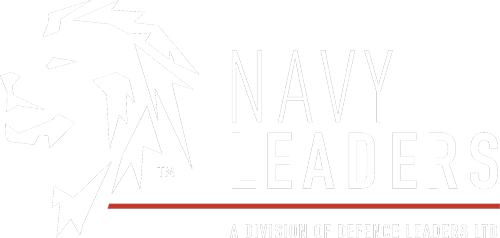US Army Tests Autonomous Delivery Of Uncrewed Assets
)
The U.S. Army has been showcasing prototype autonomous ship-to-shore capabilities as part of Project Convergence Capstone 5.
On social media it recently posted an image of an uncrewed surface vessel delivering an uncrewed ground vehicle to shore on Ford Island in Pearl Harbour, Hawaii.
Titled “Redefining logistics” the post claimed: “The future is now!” and continued: “During the PC-C5 experiment in April 2025, USVs completed an autonomous ship-to-shore resupply mission with the autonomous offloading of an unmanned ground vehicle full of supplies.
“PC-C5 is an Army-hosted culminating experiment that allows Joint partners and Multinational allies to integrate people, equipment, and technologies to support #ContinuousTransformation efforts aimed at aggressively shaping how future warfighters will operate in fast-paced, high-tech., multi-domain environments.”
The U.S. Army has said it is working towards a future vision “where logistics are smarter, faster, and safer — powered by autonomous platforms operating seamlessly across thousands of miles.”
Project Convergence Capstone 5 (PC-C5), the latest iteration of the U.S. Army's modernization experiment, took place across March and April 2025. The exercises were described as an “ambitious campaign of learning” that “will bring together joint and multinational partners in a series of complex, realistic scenarios designed to push the boundaries of future warfare capabilities.“
They were staged in Fort Irwin, California, and also in Hawaii. A press statement noted: “PC-C5 serves as a critical proving ground for emerging technologies and concepts crucial to enabling a data-centric and networked fighting force.”
Live and simulated exercises focused on data-driven decision-making; expanded manoeuvres across land, air, and sea and also involving space and cyberspace assets; and joint and multinational interoperability.
